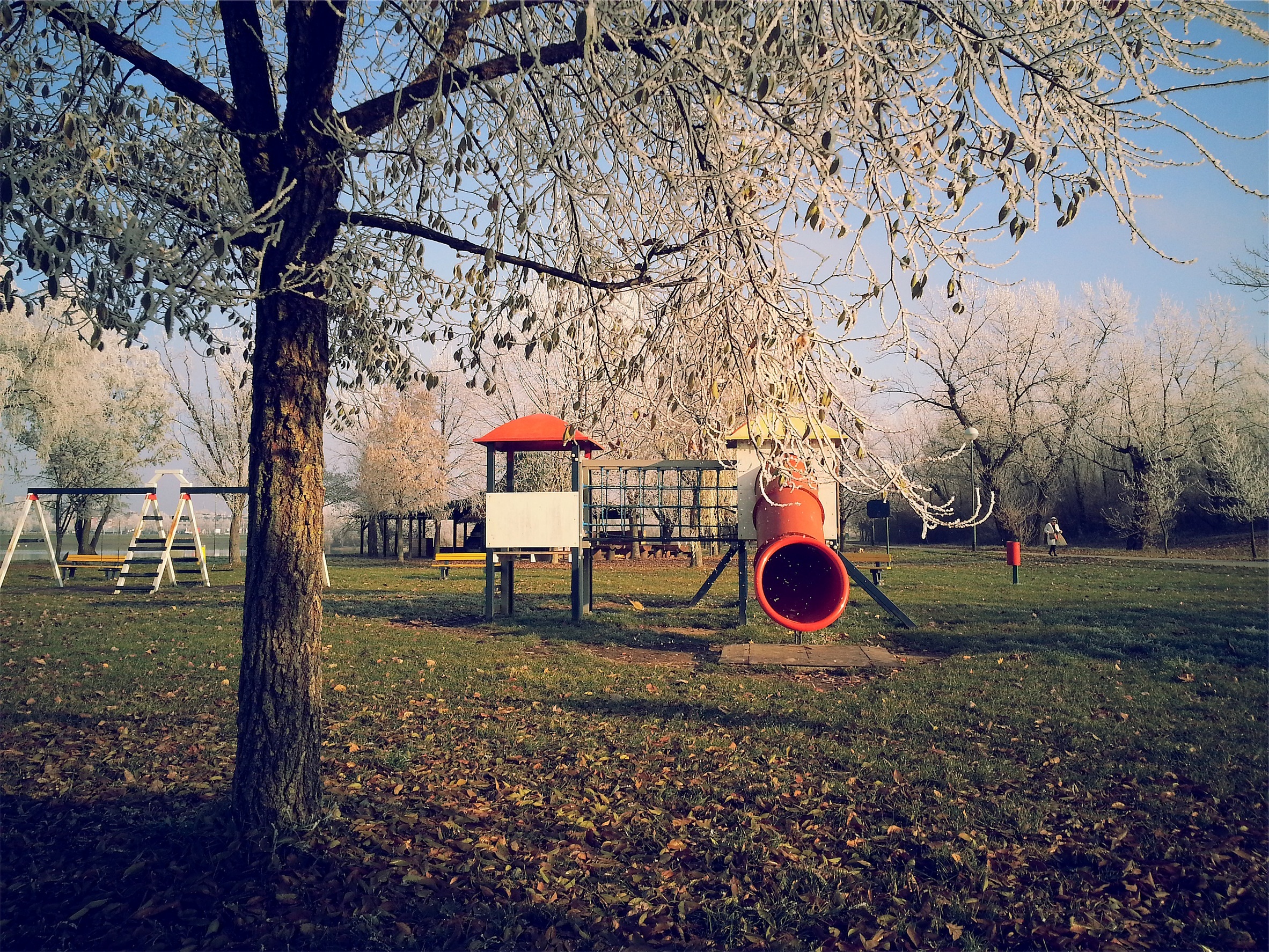Below is an excerpt from my review essay in the Special Issue on Mobility of Jeunesse: Young People, Texts, Cultures.
In a recent summary published in the Guardian of new research that connects play to childhood learning, Lucy Ward reports that “[a] lack of understanding of the value of play is prompting parents and schools alike to reduce it as a priority.” If there is a lack of understanding, it is certainly not due to a lack of awareness. Parents and teachers in the global North are reminded regularly of a so-called play deficit: journalists report repeatedly on the threats posed to children’s quality playtime, the authors of popular parenting and education literature paint bleak images of children’s futures without play, and the advocates of play movements promise to reconnect young people with the right kinds of play (see Frost; Gill; Gray; Kang; Louv). In these accounts, play is essential to children’s learning and development, whereas a decline in quality play spells disaster for children and society. Researchers are also responding to the idea of a play deficit, demonstrated by a growth in studies seeking to determine the importance of play to children’s development and reinforcing the potential consequences of its decline (Goldstein; Hughes; Macintyre; Bergen, Davis, and Abbitt). Although the objectives and views of these various stakeholders differ, what is noticeably similar among them is that media, or “screen time,” are usually cited among the primary suspects in the case of the decline in quality playtime.
Given that the media broadly speaking have long been a source of consternation where young people are concerned, it is hardly surprising that increasing time spent with screens is blamed for a decline in play. In Youth Media, Bill Osgerby contextualizes contemporary concerns about the effects of media on young people’s behaviours within a long history of anxieties and
moral panics that blame commercial entertainment for social problems. He illustrates that media panics are not new and are almost always symptomatic of much more complex social, economic, and political problems than is acknowledged. In the case of a play deficit, for example, growing concerns about risk and new emphases on safety are only a few of the social changes that have resulted in new restrictions to where, how, when, and with whom children are permitted to play. Defining this as a media problem positions media as the opposites of play, when in fact children’s relationships to play and media are much more complex than this. Not to mention that much of what children are doing when they use media might also be considered play. Nevertheless, a great deal of tension surrounds children’s play and media.
While there is a general feeling that children’s play has been fundamentally changed or even replaced by the popularity of television, video games, virtual realities, and mobile devices, the texts reviewed here illustrate instead the interdependent relationship between outdoor play on the streets or in playgrounds and media-based play. The essays in Andrew Burn and Chris Richards’s volume, Children’s Games in the New Media Age: Childlore, Media and the Playground, are concerned on the whole with the ways that popular media references move across what they call traditional playground games. In addition to arguing that relationships between media and play are complex, they demonstrate that traditional games are far more robust than often acknowledged. Let’s Get the Rhythm, co-produced by Irene Chagall and Steve Zeitlin, while not specifically about media-based play, similarly documents the resilience of the handclapping games children (particularly girls) have played for centuries. The film challenges the easy assumption that contemporary media are simply replacing children’s play. Challenging this idea still further, Amy F. Ogata’s Designing the Creative Child: Playthings and Places in Midcentury America offers a historical interpretation of how specific idealizations of children’s play have been transformed and transmitted visually, materially, spatially, and scientifically through, for example, educational toys. She unveils the constructedness of perceptions about children and play, reinforcing the inadequacy of terms such as “media-based” and “traditional” for describing children’s play cultures. While these three texts are relatively diverse in their objectives, offering a range of disciplinary perspectives from media studies, education, folklore, and architecture, what they share is an interest in the history of children’s play, whether for the purpose of archiving or documenting that history or for the purpose of understanding better or challenging contemporary play cultures. In this way, each invites readers to reconsider the play deficit and some of the overly simplistic ways in which the relationships between children, media, and play are framed.
Read the whole essay here.
